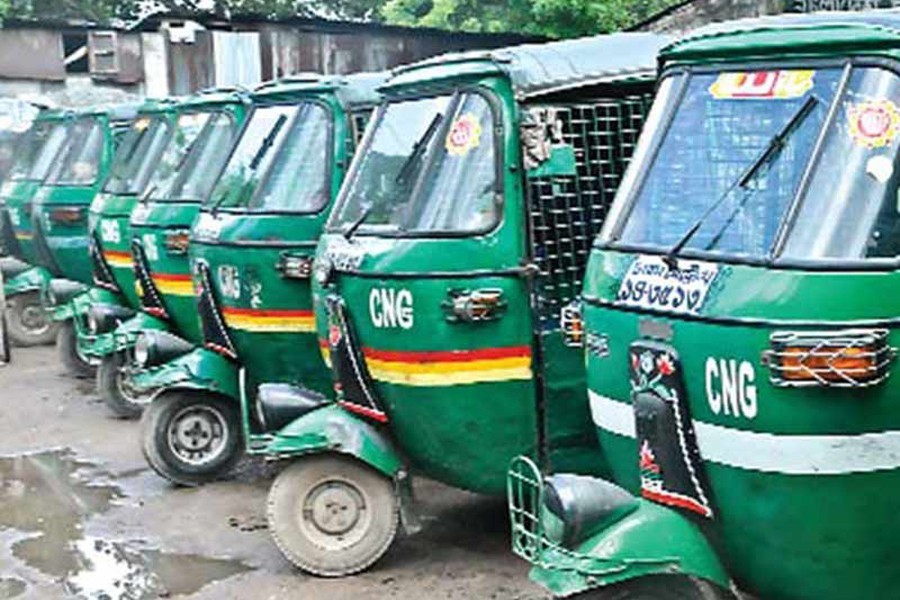The recently framed draft guideline to regulate battery-run three wheelers and locally developed improvised vehicles is no doubt a move in the right direction. The earlier decision to ban these transports from plying anywhere in the country was too harsh, although the fact remained that these slow moving vehicles are often responsible for traffic congestion and road crashes. Earlier, in 2015, the government imposed a ban on all types of battery-run transports --- easy bikes, rickshaws, vans --- from plying on the highways as a measure of road safety. But the subsequent decision of wholesale banning of these vehicles, even in rural and semi-rural locations, came as a shocker to thousands of families across the country reliant on these vehicles for their livelihood in the absence of viable alternatives. In the wake of the pandemic with business shut-down and income shrinkage, running these low-cost vehicles became a major source of earning in many rural and semi-rural locations.
It is in this perspective that the revised decision in the form of the aforesaid guideline appears to be well taken. While removing the earlier country-wide ban on these vehicles such as Nasimon and Karimon and battery-run easy-bikes, the draft guideline provides a certain concession for them in that they will only be allowed on national and regional highways with proper route permit, registration and fitness clearance.
There is no denying that plying the highways by these slow moving transports is worrying and hence the move to restrict them on highways should be well received from all quarters, including those who run these vehicles. These improvised vehicles are structurally flawed and less stable compared with other fast moving vehicles. However, since the government allowed import of these vehicles and also issued registration for them to operate, the flaws needed to be corrected, or if these were found ill-equipped to be road-worthy, import should have been stopped. In the absence of such necessary actions, imports have soared, and hardly is there a district town or rural area where these vehicles are not seen aplenty. The total number of these vehicles is not known, as also the families dependent on them.
Now with the new guideline to be in place soon, these cost-effective transports can operate on suburban and rural roads- a much needed respite for the drivers and the commuters alike. In fact, it is the inadequacy, even absence of public transportation in rural and small townships that has spurred addition to the number of these vehicles, and as people have become used to the services, a sudden call-off is undesirable-as was the case in the past. However, given the concessions in the upcoming guidelines, in recognition of the need of these vehicles of popular demand, a lot will depend on how effectively the guidelines are enforced by respective agencies. As always, it is the lack of enforcement that accounts for much of the traffic indiscipline leading to all kinds of chaos on the roads.


